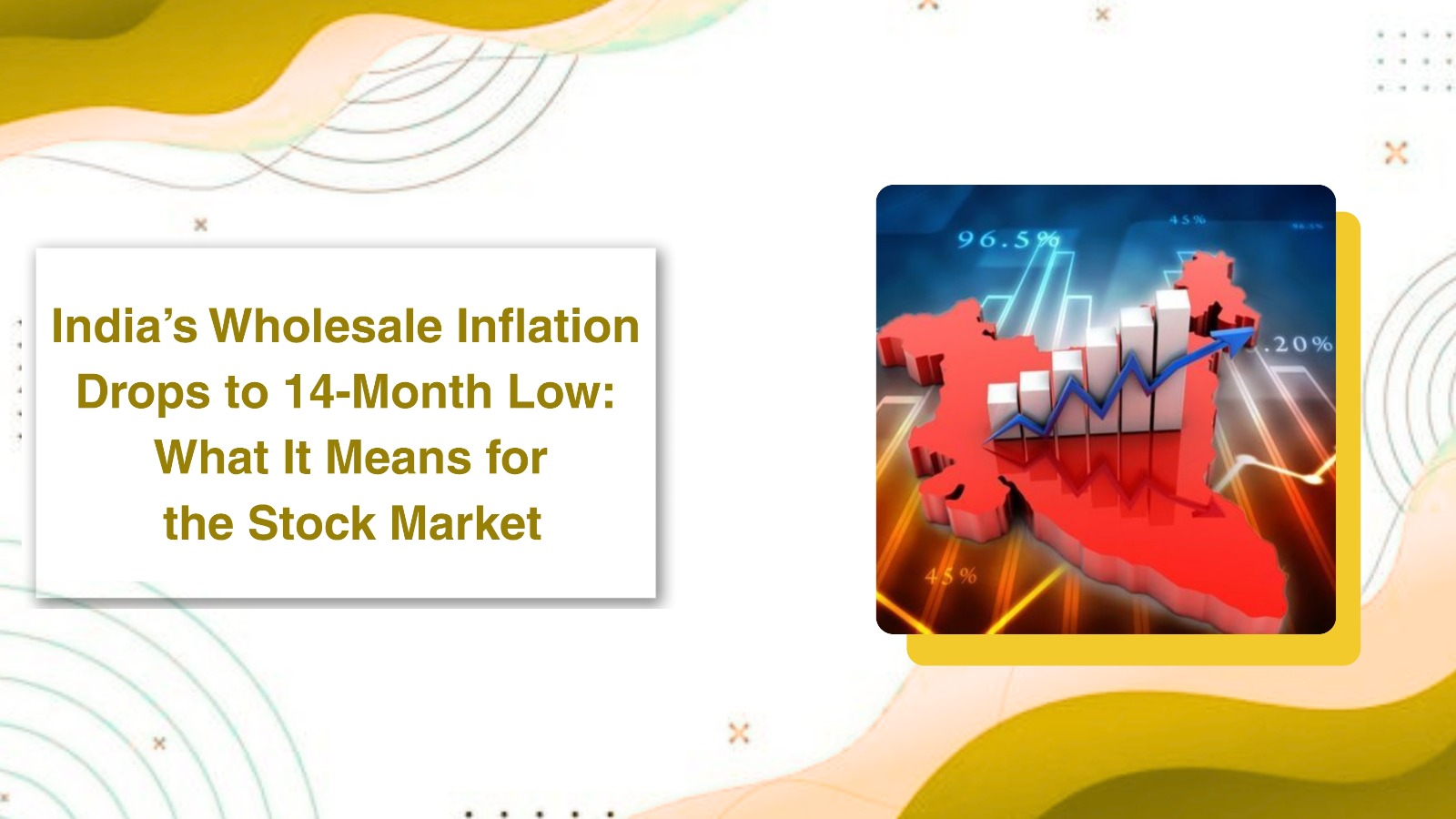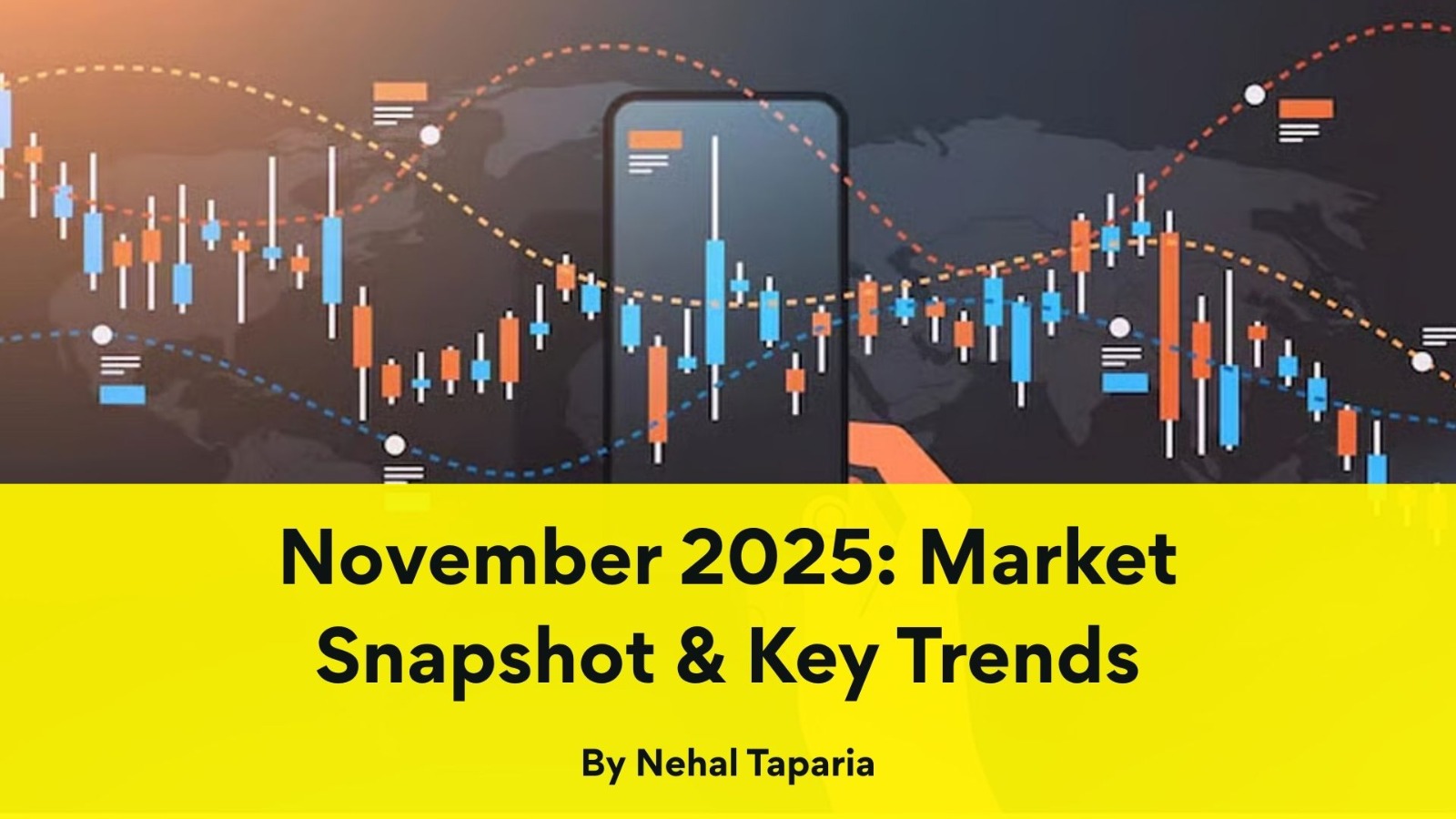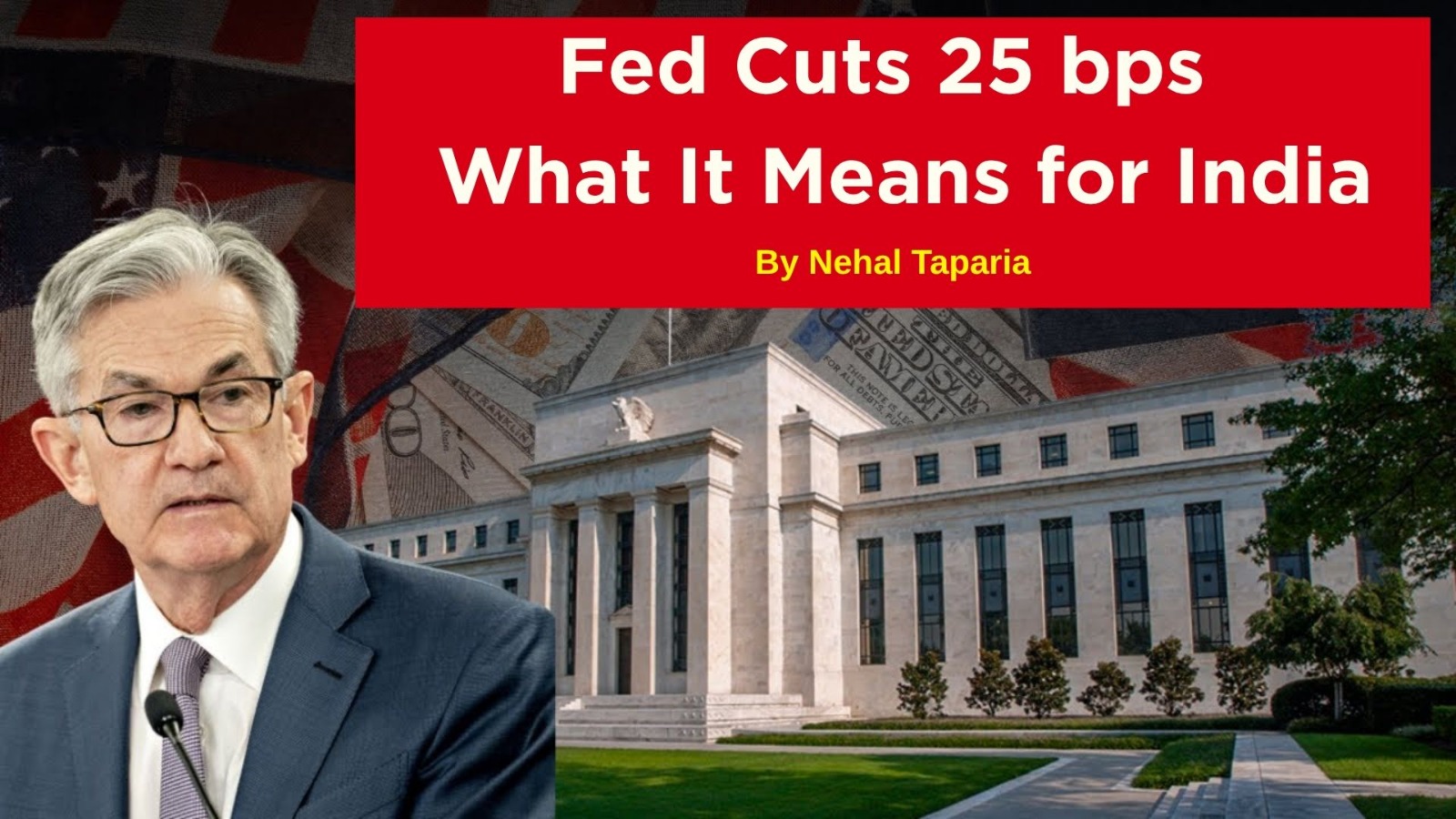India’s Wholesale Inflation Drops to 14-Month Low: What It Means for the Stock Market

India’s Wholesale Inflation Drops to 14-Month Low: What It Means for the Stock Market
India's wholesale inflation, measured by the Wholesale Price Index (WPI), eased to 0.39% in May 2025, down from 0.85% in April, marking its lowest level in 14 months, according to government data released on Monday.
This decline is largely attributed to falling prices of essential food items, including vegetables, onions, and pulses. A cooler WPI inflation rate, especially in food articles, brings several implications for businesses, consumers, policymakers—and the stock market.
🔍 Why Did WPI Fall in May?
The WPI inflation represents price trends at the wholesale or producer level before goods reach consumers. A sharp drop in prices of:
- Vegetables
- Onions
- Pulses
- And other food items
...has pushed overall WPI inflation downward.
Additionally, global commodity price stability, better supply chain logistics, and improved domestic agricultural output are contributing factors.
📈 How Does This Impact the Stock Market?
1. Boosts Market Sentiment
A lower WPI suggests easing input costs for companies, especially in FMCG, food processing, and manufacturing sectors. This could improve corporate profit margins and attract investor interest.
2. Policy Room for RBI
Though WPI is not the Reserve Bank of India’s main inflation metric (that’s CPI), it does indicate softening price pressures. A continued low WPI could encourage the RBI to hold or cut rates, which is often bullish for equities.
3. FMCG and Consumer Stocks May Rally
As input costs decline, consumer-focused companies may benefit from improved margins and stronger demand. Expect positive moves in stocks like Hindustan Unilever, Dabur, Britannia, etc.
4. Bond Yields Could Ease
Lower inflation often leads to a decline in bond yields, benefiting interest-rate-sensitive sectors like banking, auto, and real estate.
5. Caution for Agriculture-Linked Stocks
Companies directly dependent on agricultural produce, such as fertilizer companies or agri-tech firms, may see mixed effects due to price compression in output.
📊 Quick Sector Impact Snapshot
|
Sector |
Likely Impact |
Reason |
|
FMCG |
✅ Positive |
Lower raw material costs |
|
Auto |
✅ Positive |
Likely rate stability and input cost relief |
|
Banking & NBFCs |
✅ Positive |
Potential for RBI dovish stance |
|
Agri & Fertilizer |
⚠️ Mixed |
Falling produce prices could squeeze margins |
|
Infrastructure |
✅ Mildly Positive |
Stability in commodity costs |
By Nehal Taparia
This content is for educational and knowledge purposes only and should not be considered as investment or Trading advice. Please consult a certified financial advisor before making any investment or Trading decisions.
Our Recent FAQS
Frequently Asked Question &
Answers Here
What is WPI inflation?
WPI (Wholesale Price Index) measures price changes at the wholesale level, tracking goods sold in bulk before retail. It reflects producers’ cost pressures.
How is WPI different from CPI?
Does a falling WPI always boost stock markets?
Why is low inflation good for stocks?
Which stocks benefit the most from falling WPI?
Copyright © By Empirical F&M Academy. Design & Developed by Techno Duniya


.jpg)


.jpeg)




